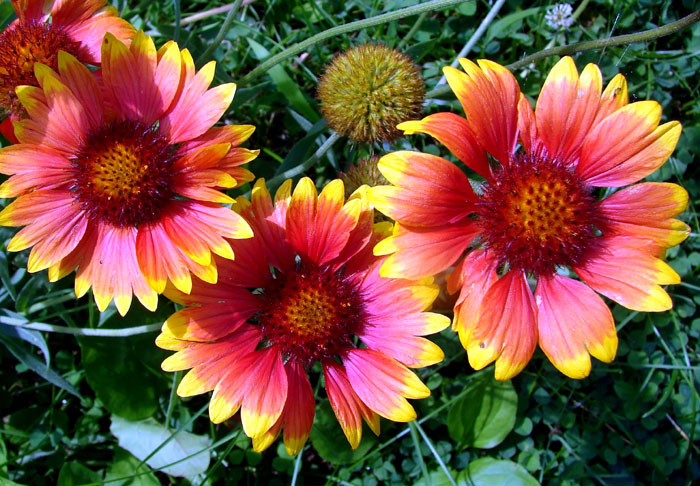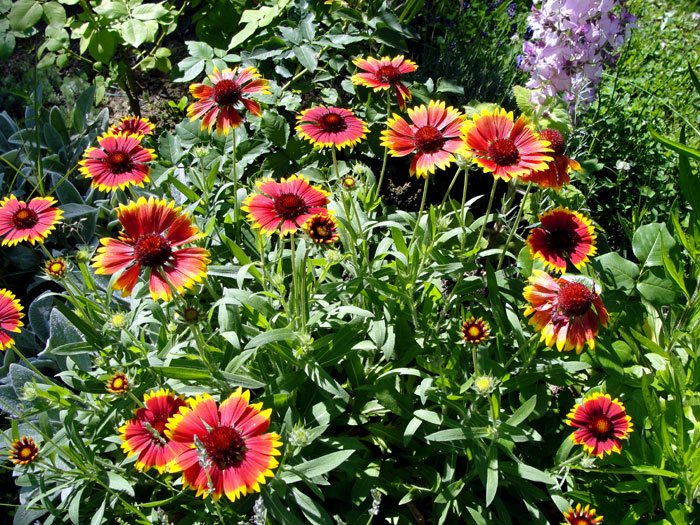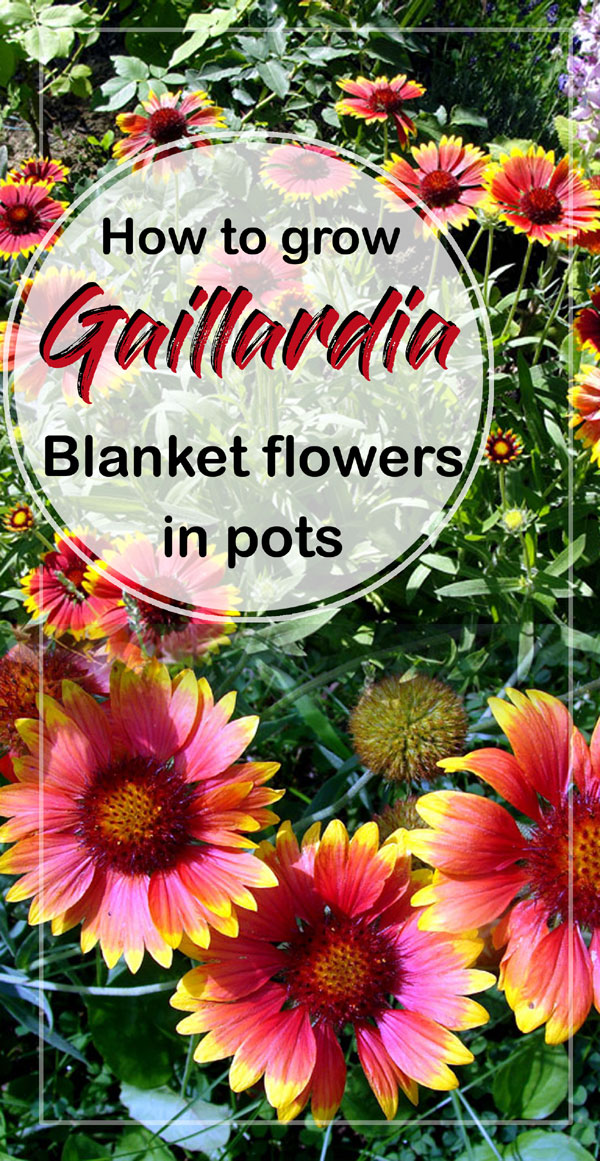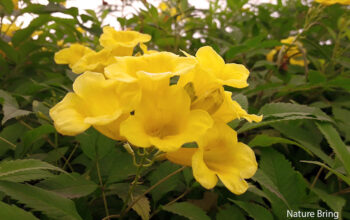Gaillardia (gaillardia grandiflora)
Learn How to Grow Gaillardia Flowers, Growing Gaillardia From a Seed, Blanket Flowers care, gaillardia flowers pest problems, and more about this plant. The drought-tolerant flowers of the Gaillardia, or blanket flower, come in both annual and perennial varieties and are easy to grow. These daisy-like flowers are short-lived and bright red, orange, and yellow-colored. There are more than two dozen species of blanket flowers obtained and most are native to North America. Gaillardia is hardy in U.S. Department of Agriculture hardiness zone 3-11.
Overview of Gaillardia flower
Scientific name gaillardia grandiflora
Common name Blanket Flower
Plant type Flowering plant
Sun requires Full Sun
Blooming time Midsummer to fall
Flower colors Red, yellow, Peach, orange
Soil Nutrient-rich, well-drained soil
Soil pH 6.1-6.5
Zone 3-11
How to grow Gaillardia Flowers
Soil and location
Blanket flower plants are beautiful perennial and drought resistant. These flowers grow well-drained and porous soil, and do not require additional water, neutral pH is best for this. This plant prefers moist conditions, but heavy soil can kill it. Blanket flower plants like full sun and for this, choose a place where there are 6-8 hours of direct sunlight per day. Gaillardia grows very well in a warm garden.
Planting
To grow a blanket flower, you can start in your garden by purchasing a plant from the nursery or pots or from seed. If you want to sow seeds directly in the garden, sow after the last frost. Start the seed indoors with temperatures between 50 and 65 degrees, they grow quickly after germination and begin blooming in the first summer. Read more.
Propagation of Blanket flowers
Blanket flowers are propagated easily by root cuttings or seeds. You can also propagate it by division. You can divide established plants every 2-3 years in the spring or early fall, by dividing you can keep them in the garden for many years.
Fertilizer
To make the poor soil rich, add organic matter such as well-rotted compost at the time of planting. Add manure at the beginning of spring every year. This will encourage more flowers.
Companion planting
Blanket flowers can be easily planted with Shasta daisies, Coreopsis, Echinacea, Phlox, and Catnip. Gaillardia grows beautifully even with tall-growing plants such as Hollyhock, who love the sun. Looks attractive with plants with bright colors (red, yellow, and many bicolor) such as black-eyed Susans. Read Companion planting.
Growing Gaillardia From a Seed
- Use a good growing medium to grow blanket flowers from seed.
- Check the drainage hole in a container, if the surface does not have a drainage hole, make it with the help of tools.
- Spread the broken terracotta pot or gravel on the surface of the pot, and fill it with grooving medium. Now sow the seeds in the center of the pot, do not cover the seeds. Mist the spray bottle on top of the growing medium.
- Ensure that there is moisture in the growing medium, sprouts begin to emerge within 10–15 days.
- When 3-5 leaves of seedlings start to appear and become about 3-4 inches long, then transplant it on the desired location or pot.
- At the time of transplanting, fill half the pot with good quality organic manure and add garden soil to the remaining portion.
- Loose the prepared soil well, for this, well-drained and rich in organic material is good.
Blanket flowers care
- Plants deadhead are removed regularly, this will encourage more flowers and your plant will be healthy.
- Cutting clamps up to 6 inches in late summer, so the plant can better survive in winter.
- Divide your plant between the spring or early fall. This will encourage the plant to be vigorous.
- Give water regularly newly established or divide plants, till they become established.
Variety of Blanket flowers
Most of the Gaillardia plants commonly grow in gardens are Gaillardia x Grandiflora. Some of its plants are dwarf-shaped and some are tall. Some of the popular varieties.
Arizona Sun gaillardia
These are brilliant flowers of fiery color, blooming with a large 3-flowered bicolor pattern. It is about 6-12 inches long in the presence of the full sun. Read more.
Gaillardia Aristata
The flowers of Gaillardia Aristata are compact and uniform perennials and produce flowers of about 3 “diameter, the flowers are vivid orange-red in color. They are 2–4 feet tall.
Gaillardia Sunset Poppy
Gaillardia grandiflora Sunset Poppy is the most popular hybrid, its flowers are very large and the blooming season is long. These red or yellow flowers can be added to your garden each year.
Gaillardia Fanfare
These are the best perennial fanfare flowers. These red-colored flowers are bright yellow at the end with the center coming out like a trumpet.
Gaillardia Commotion Moxie
This gaillardia flowers are bright orange in the center and produce unique, tubular petals. The mature plant is about 18-24 “tall.
Pests and Diseases
These plants are usually problem-free but are susceptible to virus-transmitted disease. It can affect plant growth and flower production. Disease spread by leafhoppers and aphids. Predatory pests such as Lady Bugs should be encouraged. You can also use spray with insecticidal soap.
Read also:
Geranium growing and caring tips. 11 Best winter flowers for your garden. Freesia flowers growing and care guide. Coriander Growing and care in containers. Growing Colchicum at your garden. Soybeans growing and care guide. 8 Best Frugal Gardening tips. Liatris growing and care guide. Plumeria growing and caring guide. Anthurium plant Growing indoors. Know how to grow Pansy flowers. Best flowers for Bees and Butterfly garden. Garlic vine growing in containers. lily growing tips. Impatiens growing and care guide.
Happy gardening
If you want to remember this post for Growing Gaillardia’s and Tips to care, pin this image to one of your Pinterest boards.
For Pin






